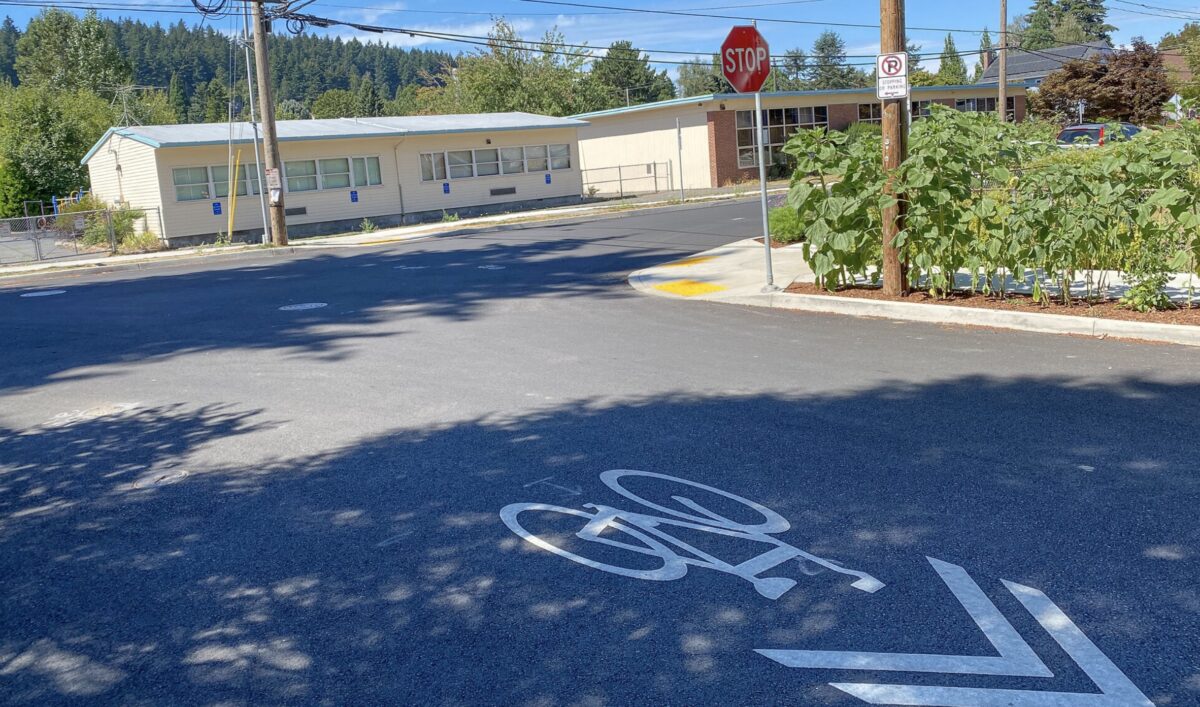
The road outside Bridger School on SE 80th was recently repaved. Maybe the next step is to make it carfree?
(Photos: Jonathan Maus/BikePortland)
Happy Earth Day Portland!
For the first time in a long time, it feels like Americans are ready to take real steps toward a dramatic reduction in greenhouse gas emissions.
Today at his virtual climate summit, President Joe Biden made a commitment to cut U.S. emissions in half by 2030. Transportation is the largest source of greenhouse gases (around 29% of the total emitted as of 2019) and Biden’s Transportation Secretary Pete Buttigieg has sent clear signals that it’s time for the country to set off on a new path when it comes to how we move around.
Closer to home, Portland has been a leader in clean transportation. We pioneered what it means to be a bike-friendly American city and were a model of how to integrate light rail and streetcars into a car-dominated landscape.
But lately we’ve slid back onto our laurels. It’s time to find our bold transportation leadership again.
Advertisement
The good news is our transportation department has already taken some first steps. The bad news is, the steps are too small. Portland has this problem where we make a molehill when we actually need a mountain. We do things just good enough to get a headline or two, but we don’t follow-through with actions that would really move the needle in the timeframe required to meet the moment.
Here are four steps we’ve already taken to re-think streets in a way that would reduce emissions, and my thoughts on how we can follow-through to make real and lasting change…
Expand and improve Safe Streets installations
Back when Covid first hit, PBOT responded by installing temporary barricades and signs on residential streets throughout Portland. The idea was to reduce driving and expand opportunity for active transportation like walking, biking, running, and so on. The Safe Streets/Slow Streets installations are almost one year old. It’s time to make them permanent. Let’s seize this space for good so cleaner and healthier mobility choices have room to grow and thrive.
Ban driving adjacent to schools
(Two examples of carfree school streets in Portland. Let’s do more!)The health of kids around schools should be sacrosanct, so why do we allow unfettered access to them by the most toxic and dangerous vehicles? Portland is one of the leading “Safe Routes to Schools” cities in America. PBOT does great work in this area; but we must do more. It’s time to take the bull by the horns and prohibit driving near schools.
“School Streets” is a growing movement that is already on the ground in Vancouver, BC and in Seattle. PBOT is familiar with the concept. They’ve created carfree streets outside at least two schools already: on NE Klickitat between 23rd and 24th (Madeleine Catholic School) and on N Delaware between Bryant and Saratoga (Chief Joseph Elementary School).
Both of those examples were opportunistic and were not done as part of a strategic plan. PBOT could seize the moment and find many other schools where certain blocks could be carfree zones in order to improve health and safety of people and the planet.
Improve and expand Healthy Business plazas
PBOT’s Healthy Business permit program has been a success and has helped ease the pain of the pandemic for business owners and customers. Now we should expand the program and make the plazas even better.
Currently many of the plazas stretch across the entire street, leaving no pass-through space for non-drivers or emergency responders. The permits require an 11-foot wide minimum lane at all times. It would also be great to ditch those big, ugly “ROAD CLOSED” barricades at the entry to each plaza. These spaces should welcome people, not make them feel like they’re entering a work zone!
PBOT Commissioner Jo Ann Hardesty wants more carfree zones. It seems to me the success of the business plaza permit program could be relatively easily leveraged toward Hardesty’s vision.
Add protection to existing buffered bike lanes
Portland has dozens of miles of buffered bike lanes. These are the ones where there’s a double-stripe on the outside edge of the lane. This added buffer is nice, but it creates no protection for vulnerable road users. We need to fill these buffers with some type of physical separation. The space is already there, all we need is to add more plastic curbs, delineator wands, concrete walls — whatever it takes to create the reality and perception of safety that is crucial if we want to increase the rate of bicycle use in Portland.
**BONUS IDEA** Reform police traffic enforcement and pretextual stops
The threat of a negative police interaction while using the street is a serious concern for some Portlanders of color.
If we expect Black, Indigenous and people of color to get on a bike, we must make sure they’re not hassled by police for a minor traffic violation. These type of stops are what led to the death of Daunte Wright, Sandra Bland, and countless others. Wright’s killing has led to growing criticism of pretextual traffic stops nationwide.
There are many low-level offenses in the Oregon Revised Statutes that are used as pretextual traffic stops that can be an excuse for an officer to target someone. Laws that govern helmet use, sidewalk riding, crossing the street, equipment requirements (like lights and reflectors), and so on, should be revisited. In Berkeley, city leaders recently voted to ban police from making these type of low-level stops. In Portland, lawyer and advocate Scott Kocher (who published the landmark Fatal Pedestrian Crash Report in March) believes “petty pedestrian offenses should be eliminated… to limit the inequitable effect of enforcement.”
These are just a few examples of ways we can unlock the potential of our streets, change transportation behaviors, and reduce greenhouse gas emissions from transportation.
It’s very simple: When people feel safe to bike and walk, more of them will do it. When people are intimidated by drivers and their cars, fewer of them will.
What are your ideas?
— Jonathan Maus: (503) 706-8804, @jonathan_maus on Twitter and jonathan@bikeportland.org
— Get our headlines delivered to your inbox.
— Support this independent community media outlet with a one-time contribution or monthly subscription.
April 23, 2021
https://bikeportland.org/2021/04/22/cheap-and-easy-ways-portland-can-reduce-transportation-emissions-330244
Cheap and easy ways Portland can reduce transportation emissions - BikePortland.org
https://news.google.com/search?q=easy&hl=en-US&gl=US&ceid=US:en
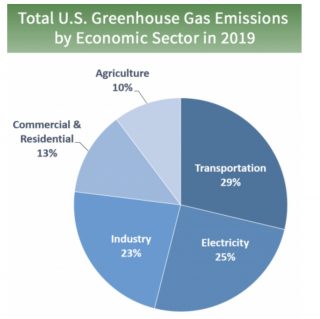
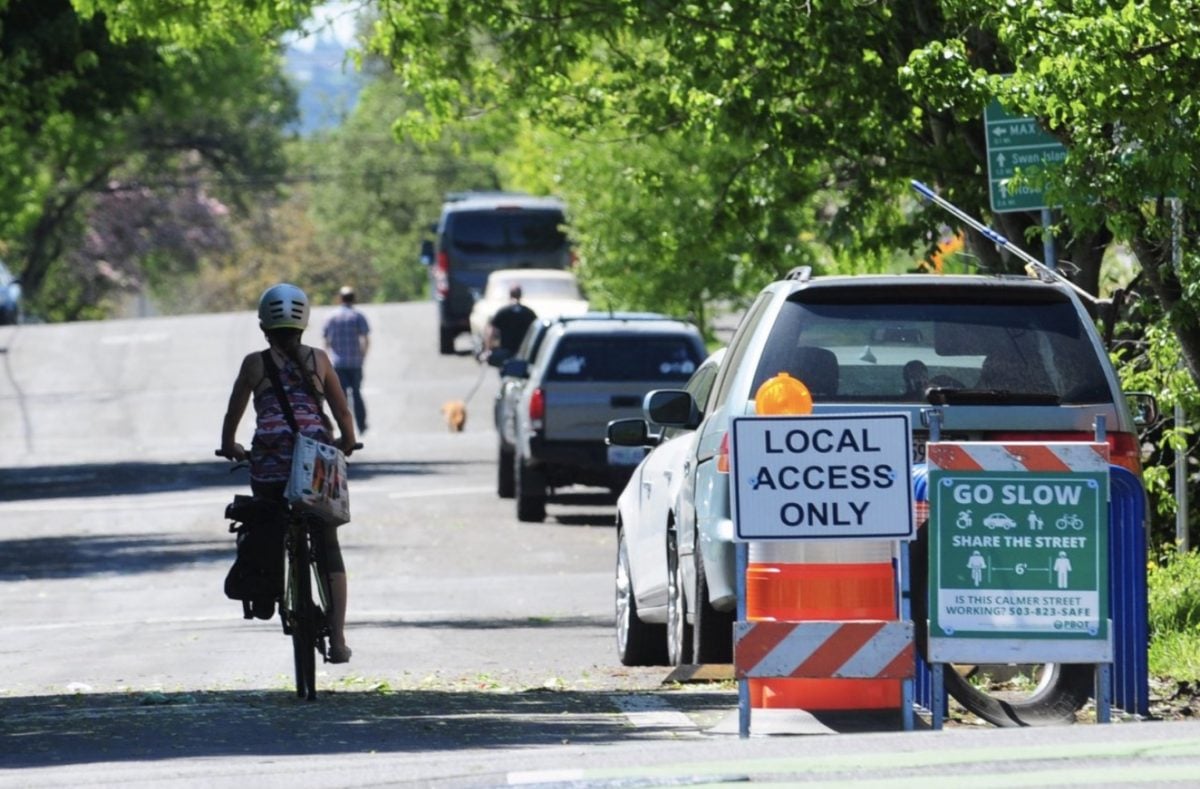
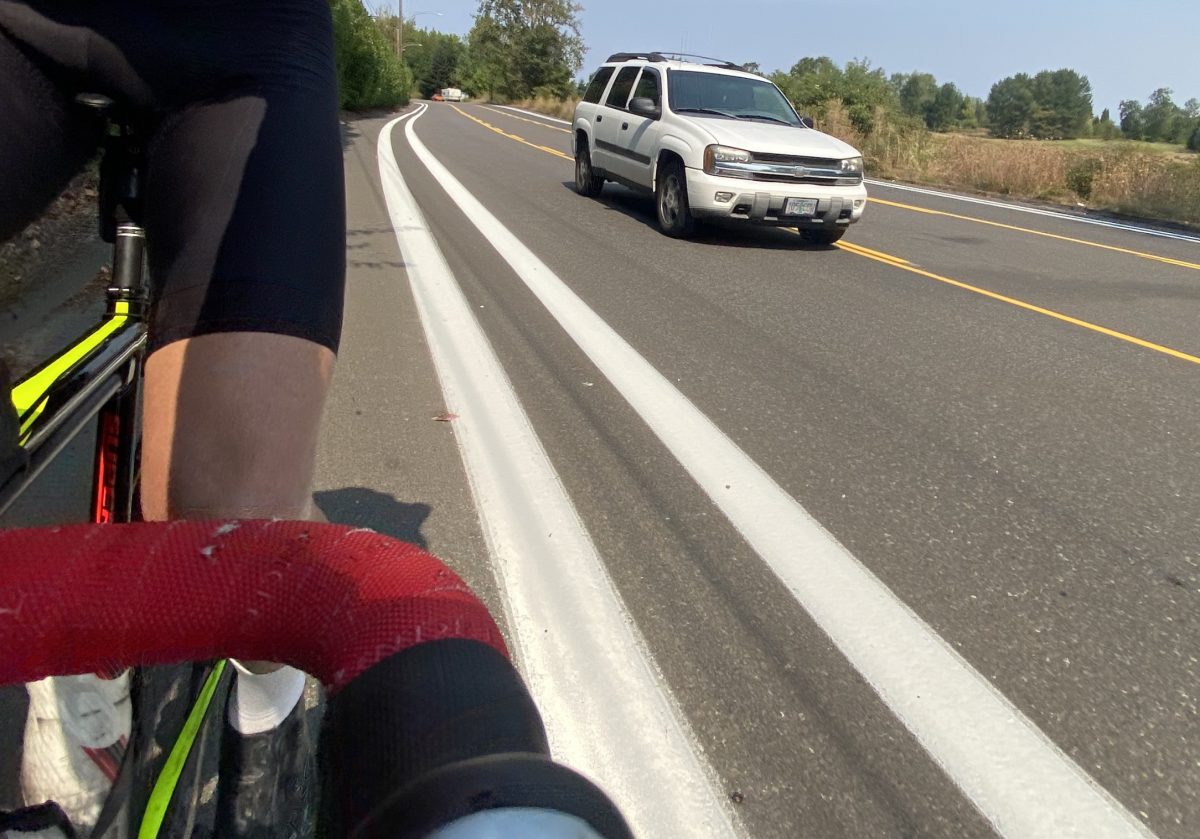
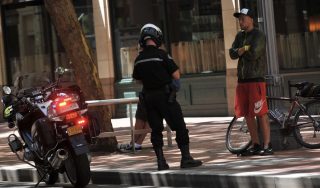
No comments:
Post a Comment